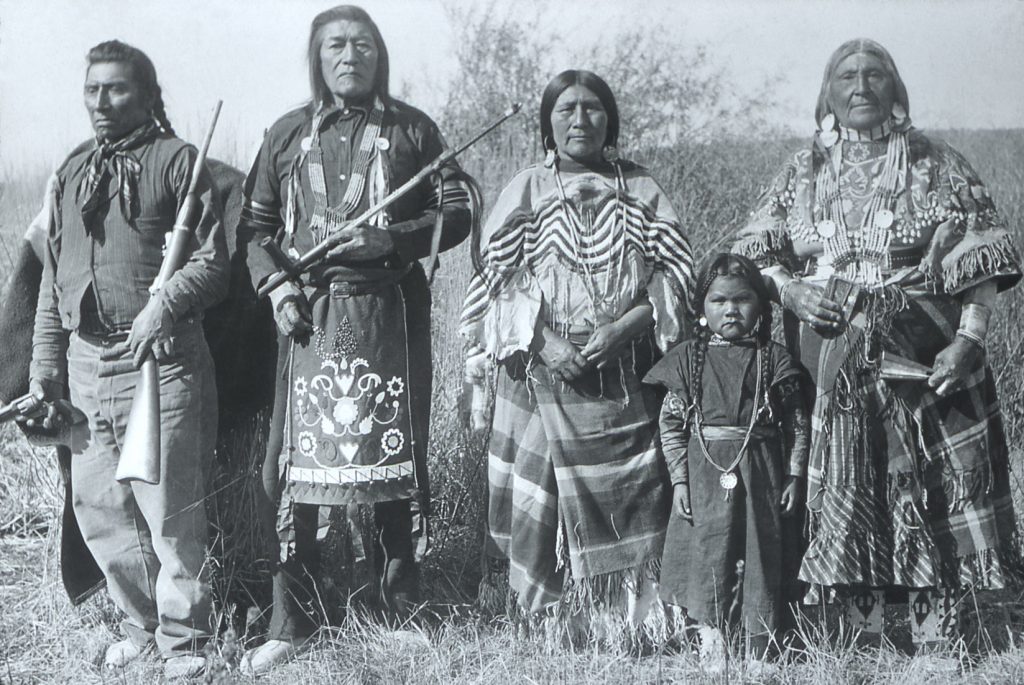As you look across the Teton Range from the top of Signal Mountain or out over the waters of Snake River from Oxbow Bend, it isn’t hard to imagine this land thousands of years ago, when it was untouched by industry and modern convenience. The area we now know as Grand Teton National Park was home to many natives who will always be remembered for their respect for nature.
PRE-HISTORIC NATIVES
The first people in Grand Teton region, the Paleo-Indians, arrived at what is now Grand Teton National Park more than 11,000 years ago. Because the land was rich with animal and plant life, these early people groups used it as a prime location for hunting and gathering.
TRIBES
The Shoshone, Bannock, Blackfoot, Crow, Flathead, Gros Ventre, and Nez Perce were the primary tribes residing in the Teton area when Europeans began to settle the land. The tribes came to hunt and fish across the fertile landscape and Snake River. The area drew big game, such as bison, elk, and moose, which were useful both for their meat and for their skins. The skins provided heavy clothing that was necessary for the Native Americans to survive the cold winters. The valleys were also abundant, teeming with roots and berries, such as the camas root, which was a staple of these groups’ diets.
There is some evidence that the mountains of the Teton Range had spiritual significance for some of the Native Americans who lived there, a fact that isn’t hard to imagine when you view the towering, snow-capped mountains in all of their glory.

SUMMER VISITORS
Like today’s guests at Grand Teton National Park, both prehistoric and “modern” Native American groups were summer visitors in the Teton area. They stayed throughout the mild months to prepare for winter and enjoy the rich natural resources the land provided.
When winter came, harsh winds and treacherous weather threatened the safety and security of the tribes, so they moved on to areas with warmer climates.
LEARNING OPPORTUNITIES
If you would like to learn more about the history of Native Americans in the Teton Range area, Grand Teton National Park provides several “hands-on” learning opportunities. Step back into history by visiting the North part of the park, which was once a busy Native American campground. Also, stop by the Craig Thomas Discovery and Visitor Center, where you’ll find experts and exhibits about the park’s history.
Grand Teton National Park was not always a natural park, but it has always been beautiful, verdant, and fertile. Thousands of years ago, its first summer campers recognized this fact. Now, you have the opportunity to walk where they once tread, enjoying a beauty that transcends time and culture.
BrushBuck Wildlife Tours offer Grand Teton Tours that concentrate on the rich natural and human history of Jackson Hole and Grand Teton National Park. Click here to see our list of available summer and winter tours.